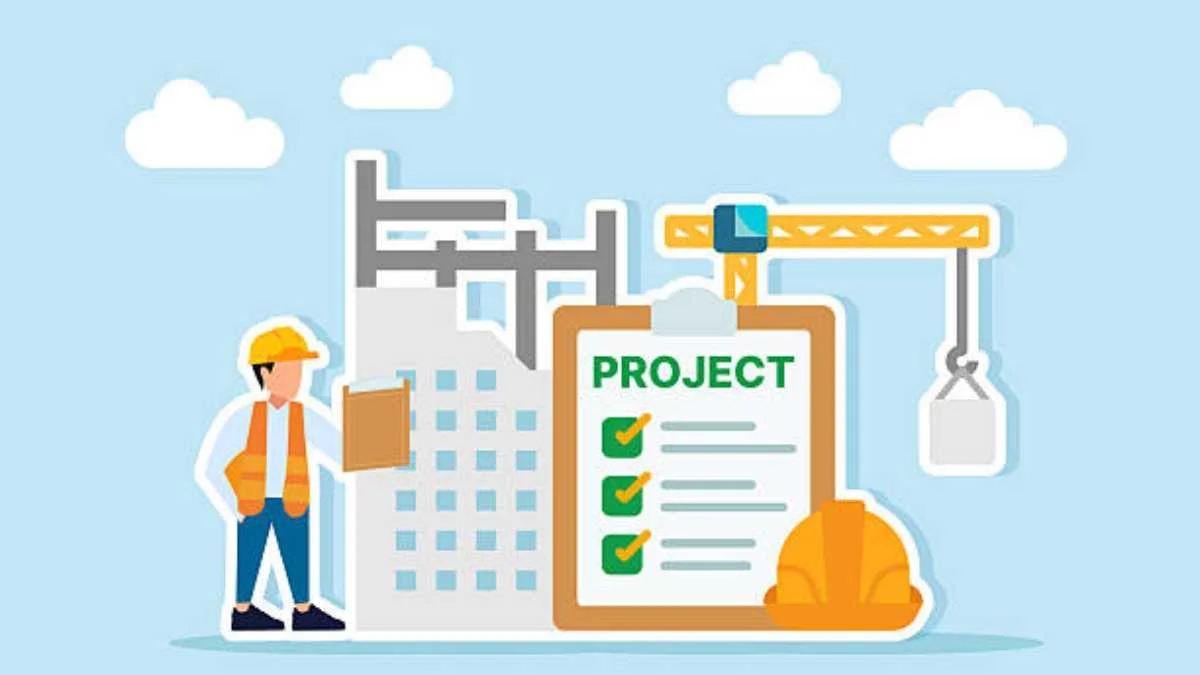SERVICES
How a Construction Takeoff Company Can Boost Your Project ROI

Boosting return on investment (ROI) in construction tasks isn’t just about lowering fees, it’s additionally approximately making clever, knowledgeable choices early on. One way to do this is by working with a dependable production takeoff company. These professionals specialize in generating correct quantity takeoffs and estimates, putting the inspiration for smarter budgeting and smoother undertaking execution. With certain Construction Estimating Services, construction groups gain clarity on substances, labor, and schedules from day one.
In today’s competitive building environment, any misstep in early planning can speedily eat into earnings. Whether you’re dealing with a residential venture, industrial build, or public infrastructure job, knowledge of how specific takeoffs make contributions to undertaking fulfillment is vital.
Why Early Estimating Matters
The beginning of any construction task regularly involves quite a few uncertainties. While architectural plans and concepts can be in place, some of the actual quantities and costs still need to be worked out. This is where a creation takeoff corporation brings value.
Using specific drawings, blueprints, and specs, takeoff professionals degree and quantify the entirety of your task, from concrete and metal to drywall and finishes. This gives your crew an early photo of cloth quantities and associated fees. When finished as it should be, those takeoffs lessen surprises down the road and hold budgets on target.
Reducing Waste Through Quantity Accuracy
One of the largest ways to boost ROI is to cut down on material waste. Ordering too much results in excess that must be stored, moved, or even discarded. Ordering too little affects task delays and rush orders that cost more.
Takeoff specialists ensure that each unit of cloth is accounted for exactly. By putting off guesswork, your team orders precisely what it needs, not anything extra, not anything much less. The result? Less waste, fewer delays, and tighter price range manipulation.
Time-Saving Advantages for Busy Teams
Contractors and undertaking managers juggle dozens of duties each day. Creating correct takeoffs and estimates is time-consuming, mainly when adjustments to plans are frequent. Outsourcing this method to a production takeoff corporation saves valuable time. Fast, reliable takeoffs also make it less difficult to meet time limits for patron bids and permit submissions, supplying you with an aggressive side.
Better Decision-Making from the Start
A high-quality takeoff affords more than just numbers—it involves smart planning. With stable information in hand, decision-makers can compare substances, evaluate design adjustments, and expect how choices affect typical fees. This helps with higher forecasting and gives stakeholders the confidence to approve budgets early.
Takeoffs can also highlight capability risks or demanding situations that won’t be visible within the architectural section. Whether it is a high cloth volume in a good area or exertion-heavy assemblies, understanding early helps keep away from issues later.
Partnering with Industry Experts
When you work with experts, you benefit more than just numbers—you get perception. Many construction takeoff businesses are staffed by way of former contractors, engineers, or estimators who understand real-world building environments. Their expert can warn you of cost-saving options or performance upgrades.
This is also where running with Pinnacle Construction Estimating Companies becomes treasured. These companies provide entire services that go beyond simply taking off. They assist in controlling ongoing estimates, price updates, and progress monitoring for full undertaking value visibility.
Supporting Contractor Bids and Client Trust
Accurate takeoffs additionally play a key role in the bidding procedure. When contractors understand precisely what they’re quoting, their bids are more competitive and honest. A production takeoff enterprise ensures the numbers for your proposal reflect facts, not assumptions.
For customers, this builds acceptance as true. Clear and correct estimates display that your group is ready, knowledgeable, and devoted to price control. This can be a determining factor in triumphing in jobs, mainly in public or large-scale business contracts.
How Takeoffs Impact Scheduling
While takeoffs are approximately proportional, they also affect timelines. Understanding fabric desires in advance allows you to devise deliveries, align subcontractors, and avoid idle time. Late deliveries or stockouts can stall projects and raise fees.
Coordinating and making plans result in clean workflows. With correct takeoffs, procurement can be aligned with undertaking levels, lowering downtime and improving productivity. This directly boosts ROI by employing support for your group to do more in less time.
Technology and Speed in Modern Estimating
Today’s pinnacle takeoff companies use virtual gear to improve accuracy and turnaround time. Software structures permit them to, to a degree, directly link estimates from digital blueprints, link estimates to value databases, and make changes simply.
This modern approach reduces human blunders, improves consistency, and allows for faster results. For customers, this means fewer delays in making task plans and more flexibility to make modifications as needed.
Final Thoughts
To make the most of these benefits, it enables you to work with a trusted and very experienced Construction Estimating Service that aligns with your task’s goals and demanding situations. With proper assistance, you’re not just estimating—you’re constructing with self-assurance. By integrating targeted dimensions, clever forecasting, and expert insights, your task gains the structure needed for achievement. From stepped-forward bid accuracy to better waste management and smarter scheduling, the economic impact is clear.
-

 BIOGRAPHY7 months ago
BIOGRAPHY7 months agoBehind the Scenes with Sandra Orlow: An Exclusive Interview
-

 HOME1 year ago
HOME1 year agoDiscovering Insights: A Deep Dive into the //vital-mag.net blog
-

 HOME1 year ago
HOME1 year agoSifangds in Action: Real-Life Applications and Success Stories
-

 BIOGRAPHY1 year ago
BIOGRAPHY1 year agoThe Woman Behind the Comedian: Meet Andrew Santino Wife




























